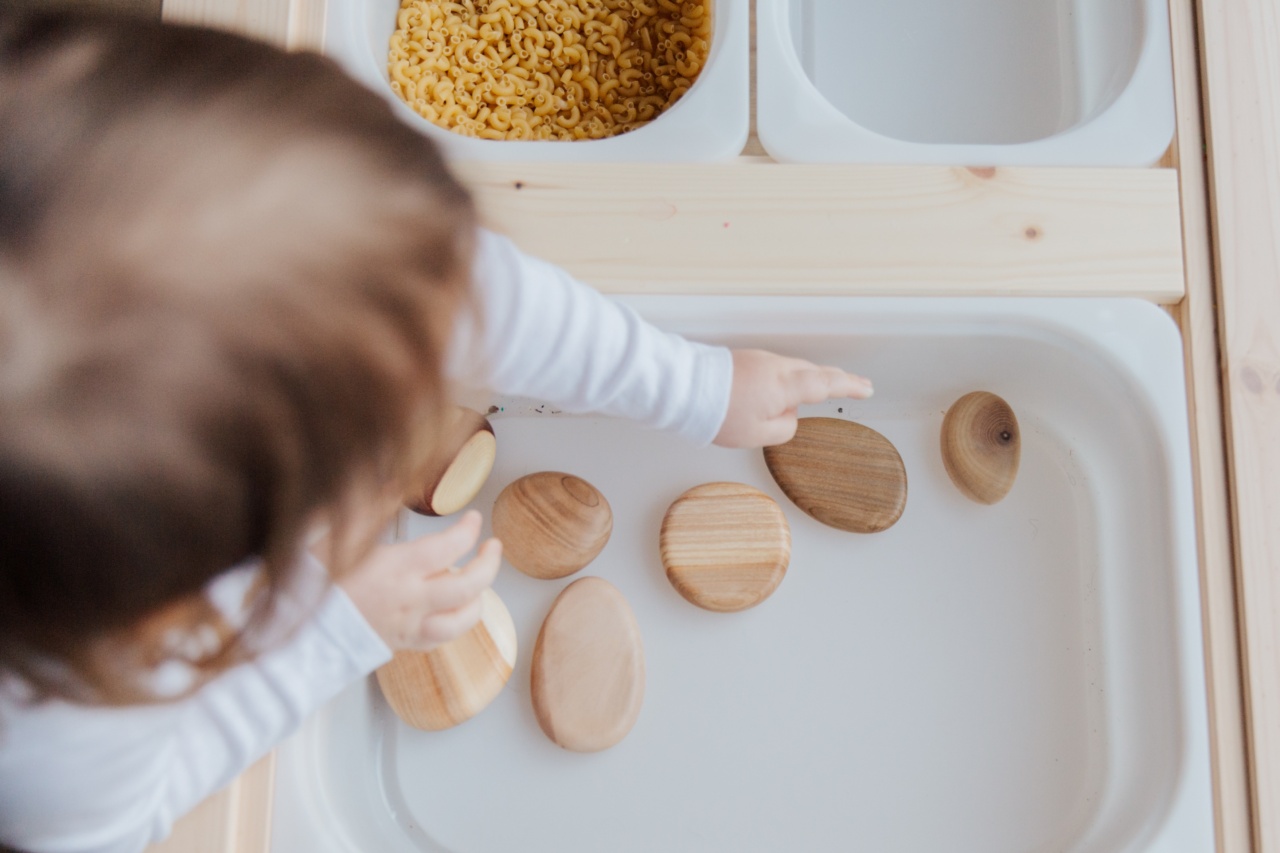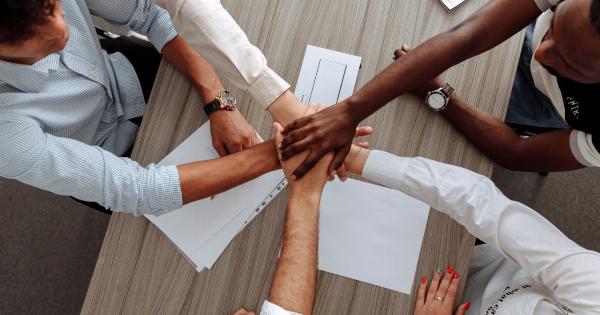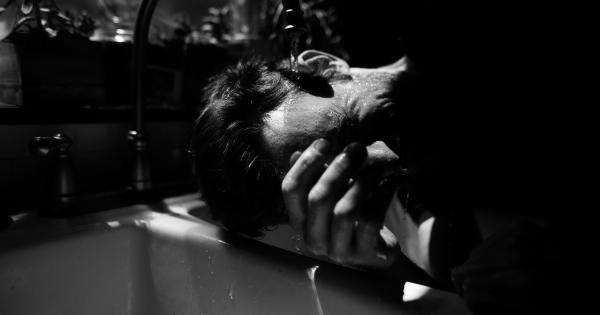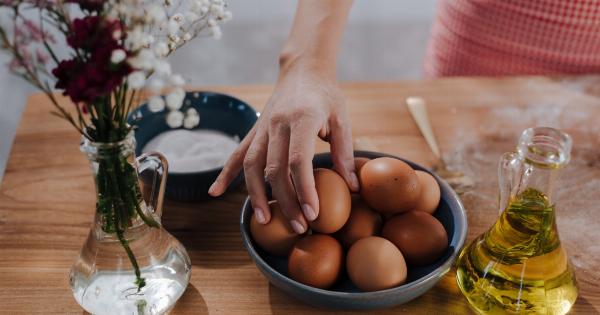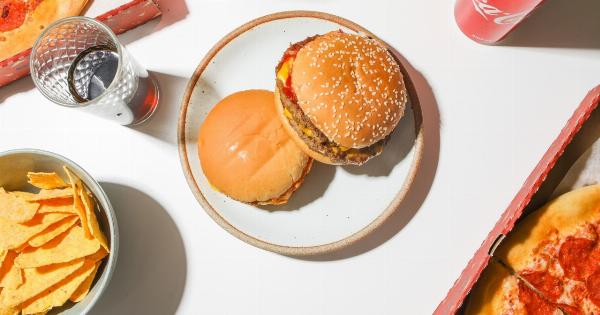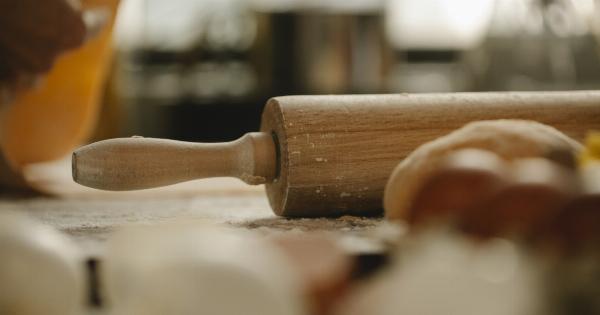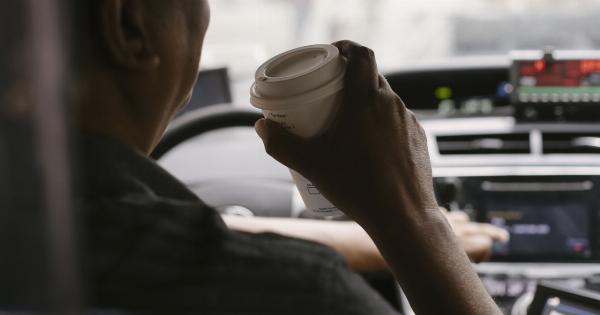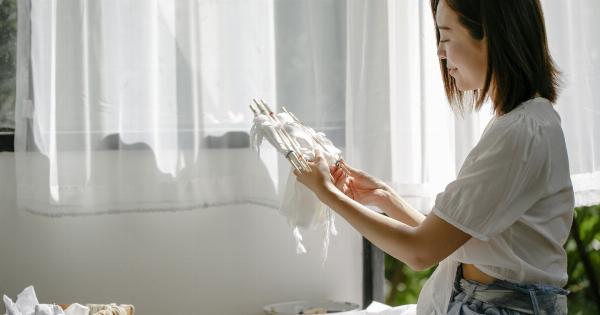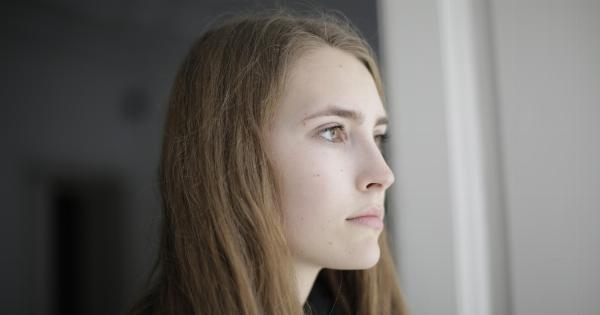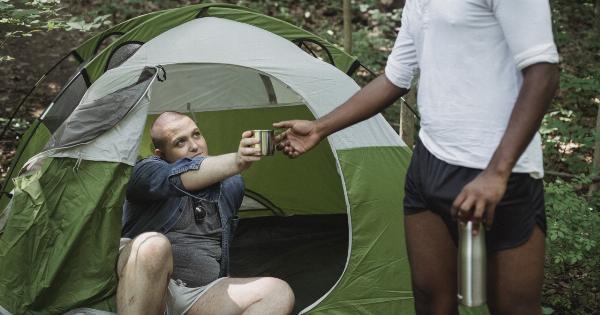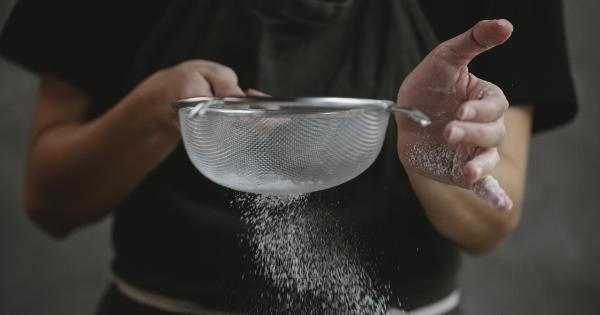Blisters can be incredibly painful and inconvenient, particularly when they appear at the most inconvenient times.
Whether it’s from wearing uncomfortable shoes, engaging in intense physical activity, or even from friction caused by repetitive motion, blisters can put a damper on your day.
While many people turn to traditional remedies like bandages and ointments to treat blisters, there are actually some surprising and effective ways to get rid of them.
In this article, we will explore these unconventional methods and how they can provide relief.
1. Aloe vera gel
Aloe vera gel is well-known for its soothing properties, and it can also be a great remedy for blisters. Applying a small amount of aloe vera gel directly on the blister can help to reduce inflammation and provide relief.
Make sure to use pure aloe vera gel without any added ingredients for the best results.
2. Green tea bags
Green tea is not just a refreshing beverage, but it can also be beneficial for treating blisters. Soaking a green tea bag in warm water and then applying it to the blister can help to alleviate pain and promote faster healing.
The antioxidants present in green tea can also reduce inflammation and prevent infection.
3. Witch hazel
Witch hazel is a natural astringent that possesses antimicrobial and anti-inflammatory properties. Applying a few drops of witch hazel extract directly on the blister can help to dry it out and reduce swelling.
Its healing properties can also prevent infection and accelerate the healing process.
4. Apple cider vinegar
Apple cider vinegar is a popular home remedy for numerous ailments, including blisters. The acidic nature of vinegar can significantly speed up the healing process. Soak a cotton ball in diluted apple cider vinegar and gently dab it on the blister.
Remember to rinse the area thoroughly afterward to prevent further irritation.
5. Epsom salt soak
Epsom salt is not just great for relaxing baths, but it can also help treat blisters. Dissolve a tablespoon of Epsom salt in warm water and soak the affected area for 10-15 minutes.
The salt in the water helps to dry out the blister and reduce inflammation. Repeat this process a few times a day for better results.
6. Tea tree oil
Tea tree oil is widely known for its antiseptic and antibacterial properties. Applying a few drops of tea tree oil to the blister can help prevent infection and promote faster healing.
Its natural astringent properties can also assist in drying out the blister and reducing discomfort.
7. Hydrogen peroxide
Hydrogen peroxide is a common household disinfectant, but it can also be used to treat blisters. Applying a small amount of hydrogen peroxide to the blister can help kill bacteria and prevent infection.
Take care not to use excessive amounts, as it can delay the healing process.
8. Vitamin E oil
Vitamin E oil is often used in skincare for its moisturizing and healing properties. Applying a drop of vitamin E oil on the blister can help to keep the area moisturized and prevent the skin from cracking.
It also aids in reducing pain and inflammation, promoting faster healing.
9. Coconut oil
Coconut oil is well-known for its numerous health benefits, and it can also be used to treat blisters. Applying a small amount of coconut oil on the blister can help to soothe the skin and reduce pain.
Its antimicrobial properties can also prevent infection and accelerate healing.
10. Comfrey salve
Comfrey salve is a herbal ointment made from the comfrey plant and is known for its exceptional healing properties. Applying a thin layer of comfrey salve on the blister can help soothe the skin, reduce inflammation, and promote faster healing.
It is important to ensure that the blister is clean before applying the salve.
It is crucial to note that while these methods can be effective in treating blisters, they may not work for everyone.
If you have a severe blister or any underlying medical conditions, it is recommended to consult a healthcare professional for appropriate treatment.
